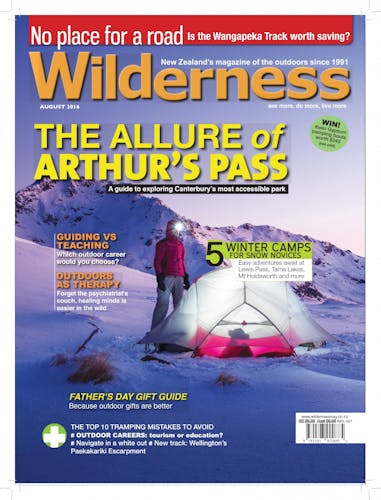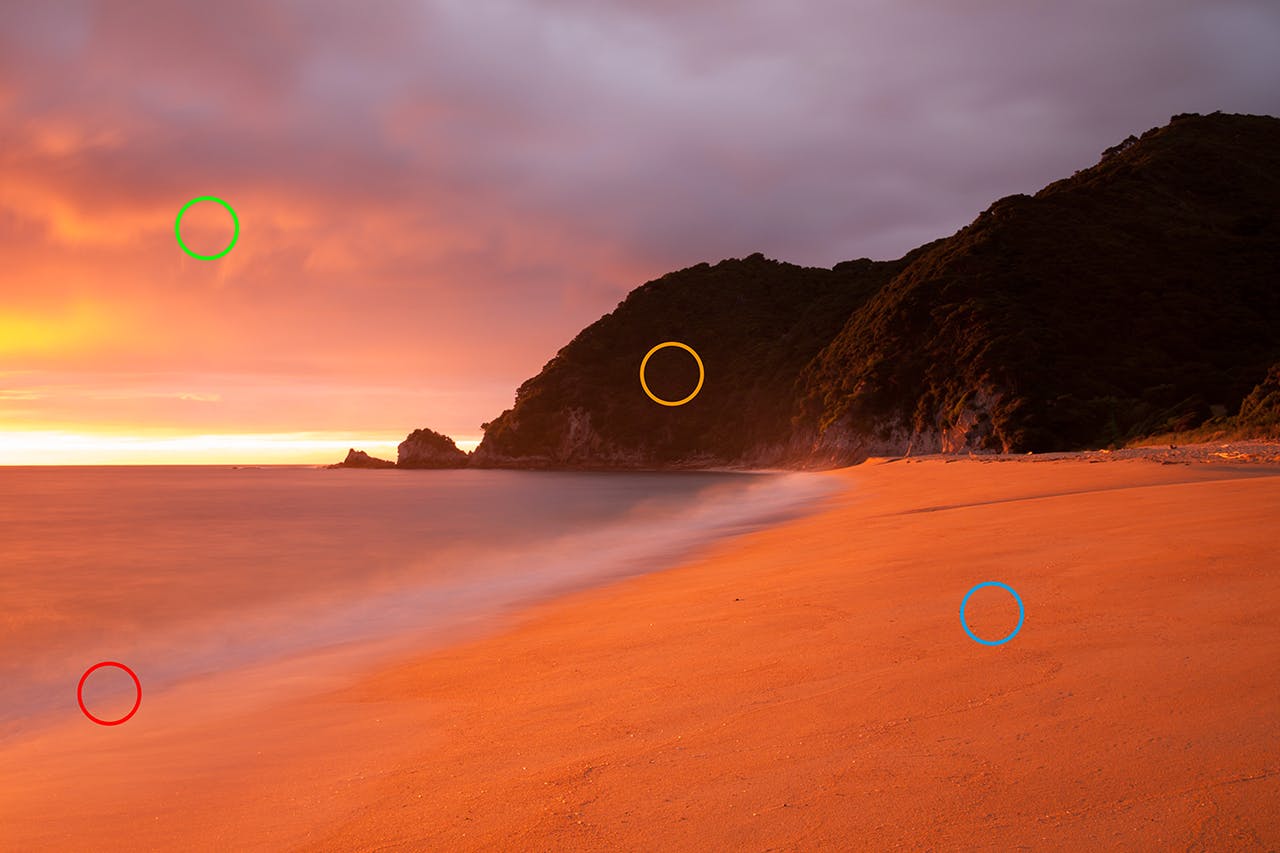How to capture the drama and beauty of the coast during the golden hours
Find a subject
Coastal shots are often largely made up of sky and water, but they also need a focal point to help draw in the eye of the viewer. This could be some foreground detail like a rock in the sea or a landscape feature such as a distant headland. Make sure the subject fills your shot so you don’t leave the viewer lost and looking around for it.
Add some sky
One advantage of being on the beach at sunset or sunrise is the horizon out to sea gives you a lot of sky. If you have interesting clouds, use a wide-angle lens and place your horizon lower in the photograph to capture more of the sky.
Capture the waves
Waves present a great opportunity to add a creative element to your photograph. Experiment with different shutter speeds to either freeze or capture the movement of the waves. If you want to freeze the waves and capture them as they break, you will need to use a fast shutter speed, ideally faster than 1/500sec. To blur the waves and capture their movement, you need to use an exposure of 1sec or longer.
Look around!
As the sun slips over the horizon, it casts a beautiful golden light across the beach. Sometimes the scene behind you can be gorgeous, which everyone misses because they are too busy looking at the sun. While coastal landscape photography can be done at any time of the day, the golden hour often produces the best images.
Location: Mutton Cove, Abel Tasman National Park
Camera settings: 21mm lens, ISO 100, f11, 1 Second







